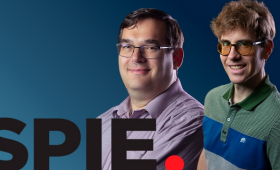LLNL's Wren Carr and Peter DeVore have been elected as senior members of SPIE, the international society for optics and photonics.
Science and Technology
in the News
Science and Technology
in the News
News Center
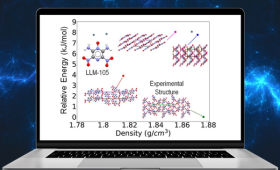
Research by LLNL and collaborators from Carnegie Mellon University demonstrates that crystal structure prediction is a useful tool for studying the various ways the molecules can pack together, also known as ubiquitous polymorphism, in energetic materials.
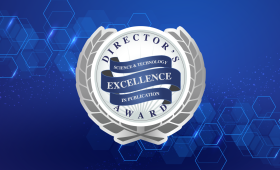
Nineteen papers covering a wide spectrum of research have received 2023 Director’s Excellence in Publication Awards. This honor acknowledges and rewards outstanding scientific and technical publications by Laboratory staff.
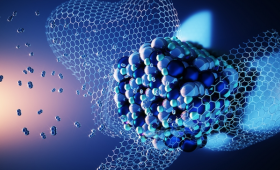
LLNL computational scientists worked with experimental collaborators at Lawrence Berkeley and Sandia national laboratories to design metal amide-based composites capable of overcoming key kinetic limitations in their performance as hydrogen storage materials.
The hardware included the U.S. Space Force’s Space Test Program Houston 9 (STP-H9) platform, which houses a prototype telescope designed and built by LLNL's Space Science and Security Program.
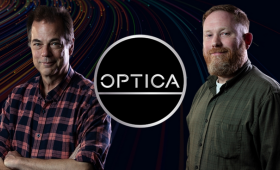
LLNL scientists David Gibson and Paul Pax have been named senior members of
Optica (formerly OSA).
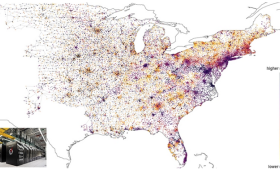
To advance the modeling and computational techniques needed to develop more efficient grid-control strategies under emergency scenarios, a multi-institutional team has used a LLNL-developed software capable of optimizing the grid’s response to potential disruption events under different weather scenarios, on Oak Ridge National Laboratory's Frontier supercomputer.

LLNL scientists Daniel Casey and Gauthier Deblonde have been named recipients of the Department of Energy’s Office of Science Early Career Research Program award.
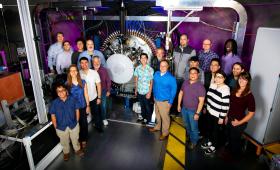
In early May, the Lawrence Livermore National Laboratory Megajoule Neutron Imaging Radiography Experiment (MJOLNIR) team’s dense plasma focus (DPF) achieved greater than 1012 neutrons in a single deuterium
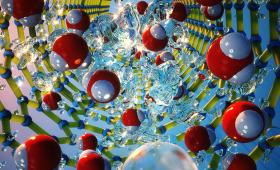
A new study provides surprising behavior of hydrogen bonding of water confined in carbon nanotubes.


